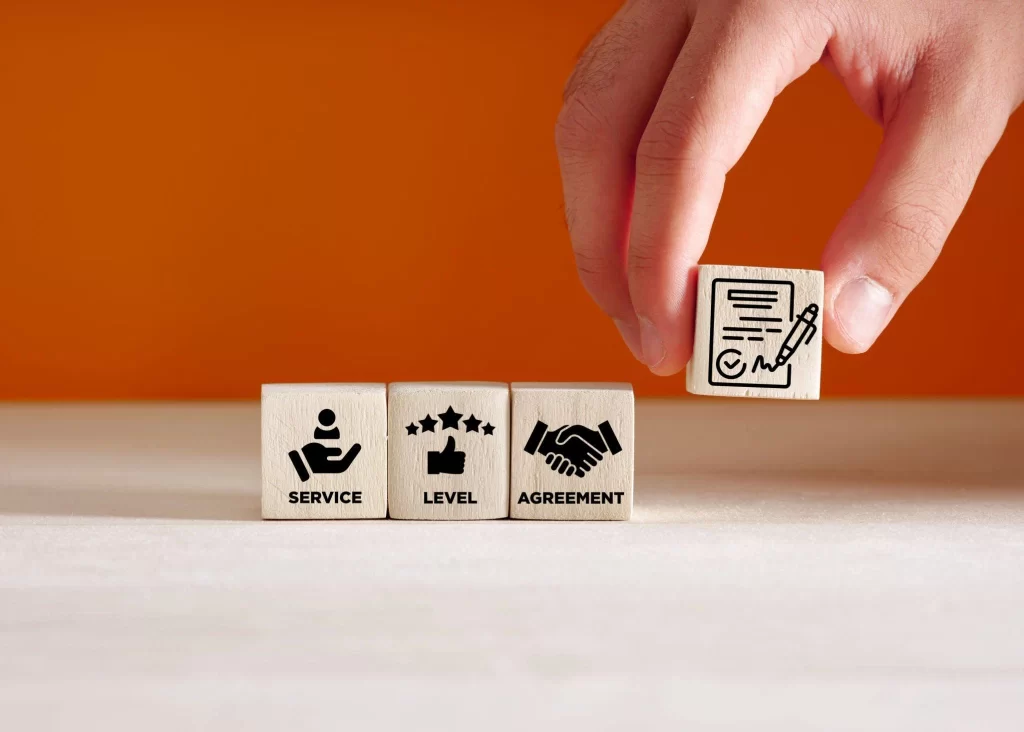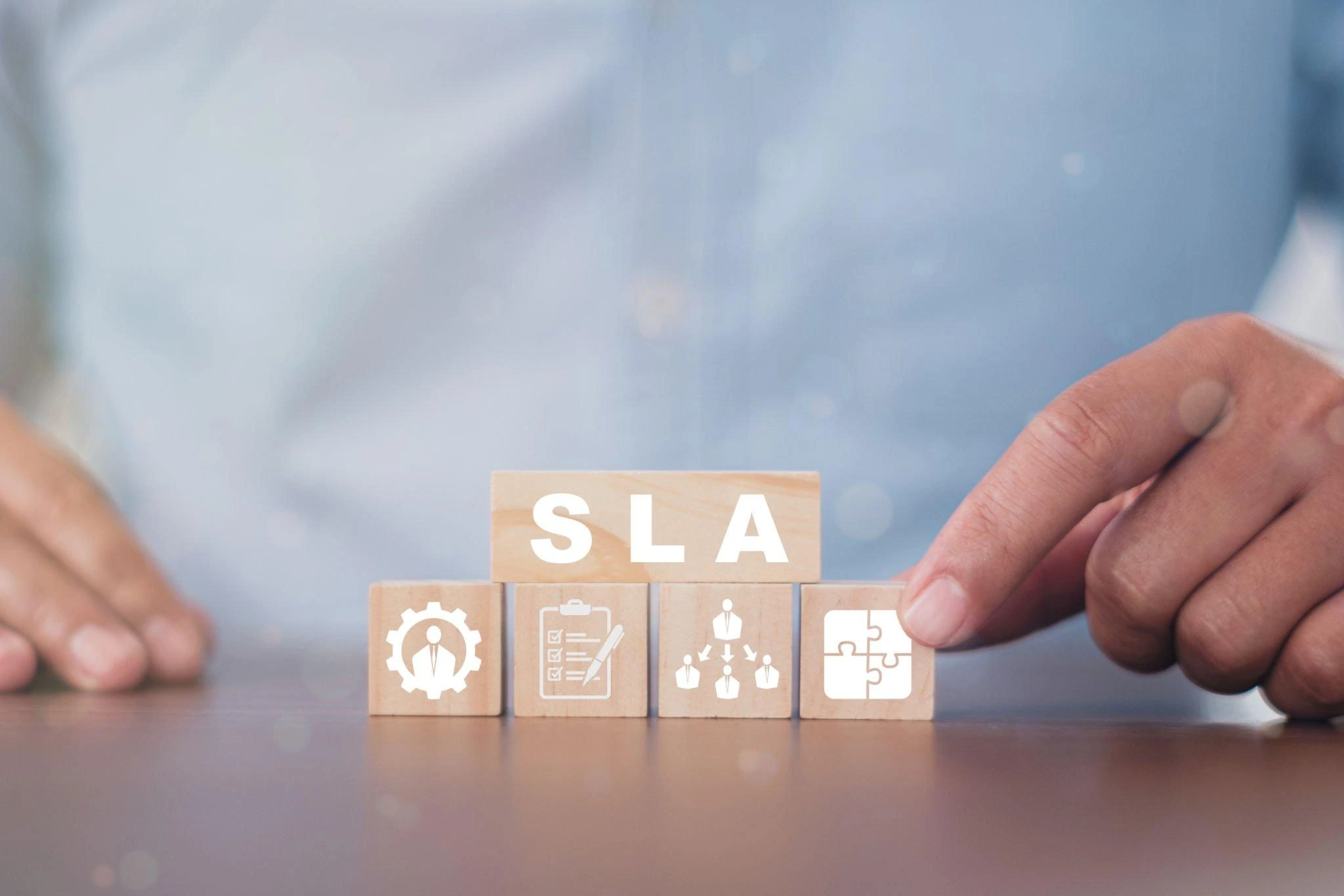A social media service level agreement SLA characterizes the degree of service anticipated by a customer from an organization. It likewise spreads out the assumptions for the social media advertising organization.
Social Media Service Level Agreement SLA
Social media service level agreements SLA will differ from one organization to another.
However, they ought to cover key boundaries for the assurance of the two parties. What’s more? It’s essential to stress that the agreement is for the two parties and ought to be fair.
SLAs normally are among organizations and outer providers, yet I have likewise realized that they generally will be between two divisions in a similar organization.
Read here : How Have Social Media Tools Most Likely Affected Personal Selling?
For What Reason Does Your Business Need a Service Level Agreement SLA?
An SLA is fundamental in guaranteeing the two parties are in total agreement regarding guidelines and service.
The inability to execute a legitimate service level agreement can prompt:
- False impressions on the two sides about the services given and results conveyed.
- Delinquency, late installment, unfortunate correspondence, abuse of correspondence, and other bothersome ways of behaving.
- An abundance of time was spent recapping the agreement. That is particularly evident assuming the first partner leaves and you want to make sense of your services for another partner.
- Missed KPIs and disappointment with services. Assuming left unrestrained that will guarantee an office loses the customer.
- In the worst situation imaginable, lawful activity can be the aftereffect of an ill-advised or non-existent service-level agreement. This is particularly evident while managing enormous enterprises.
Read here : A Social Media Audit Would Typically Not Include; Comprehensive Guide
What Are the Three Types of SLA?

- Customer SLA
- Internal SLA
- Multi-Level SLA
Let’s discuss these types in deep;
- Customer SLA
A Customer SLA is an agreement between an organization and an outsider seller offering support. For instance, an organization could enlist an office supply organization or a plan organization to fill explicit business needs.
- Internal SLA
An Internal SLA is an agreement between groups inside an association. For instance, the outreach group could enroll the showcasing group for help in producing leads.
Understand more: Showcasing versus Deals: What’s the Distinction?
- Multi-Level SLA
A Multi-level SLA is an agreement between numerous gatherings, like an association and various sellers, multiple groups inside an association, or a merchant offering types of assistance to customers with various service plans.
For instance, deals and promoting groups inside an association could find they need to enroll the assistance of a third group — customer care — to further develop consumer loyalty.
Read here : Should I Delete Social Media? 7 Reason
Why Is It Time For Social Media Service Level Agreement SLA?
Many organizations have their own social media rules which direct the way that customers ought to communicate with the organization.
Frequently these rules are tracked down and covered on the corporate site. SLAs are more open confronting and exist on each channel where a customer communicates with the organization.
Ideally in a short and effortlessly figured-out design. The objective here isn’t to get “legitimate” or to befuddle the customer.
But to assist both the customer and the organization with understanding how the relationship will function and advance.
Read here : Can You Get Accurate Information From Social Media? | A Truth
An SSLA ought to address the accompanying inquiries (in any event, but more can be incorporated when/where appropriate and as the connections develop):
- What the social customer gets from the communication, whether it is support, exceptional offers, limits, or the abovementioned (for what reason should the customer be all on that channel, and how might this benefit them)?
- When does the organization answer the social customer (consider hours activity)?
- What amount of time does it require for the organization to answer the social customer (does the organization answer all communications, does it take 30 mins for every reaction)?
- What does the organization get from partaking in that social channel and connecting with the social customer (this may likewise be only an inward piece)?
- What the organization endlessly won’t endure on every social channel (reviling, abusive comments, affronts)
- We realize that organizations are beginning to expand their presence in social locales. The issue anyway is that the connections or the terms of commitment are not characterized by the channels that the organizations partake in.











